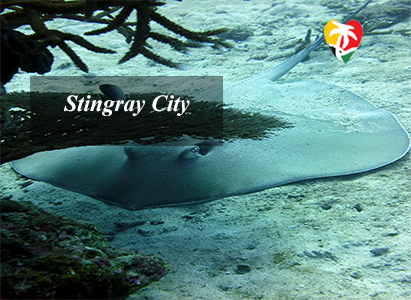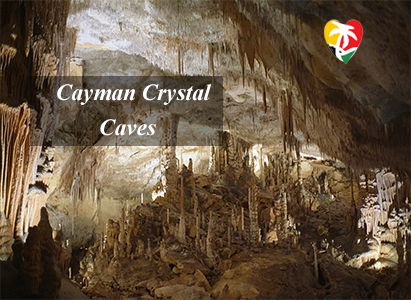
The Cayman Islands, a British Overseas Territory in the Western Caribbean, have some of the greatest diving in the world. The coastlines of this trio of tropical isles, which comprises Grand Cayman, Cayman Brac, and Little Cayman, are surrounded by crystal-clear waters in stunning colors of blue. All three islands are surrounded by coral reefs, shipwrecks may be found off their coasts, and steep underwater cliffs teem with aquatic life.
Grand Cayman is the largest and most Americanized of the three islands, with a popular cruise terminal. Its crown gem is the stunning Seven Mile Beach, which offers a variety of water activities and beachside accommodations.
Seven Mile Beach

Seven Mile Beach is often ranked among the greatest beaches in the Caribbean, and with good reason. This beautiful stretch of flour-soft sand and blue water, fringed with casuarinas and coconut trees, is the type of paradise you dream of.
Despite the fact that it is just around 5.5 miles long, this vast stretch of beach provides a calm area of sand for everyone, even with cruise ship passengers coming to its beaches. It’s also generally devoid of street vendors.
The coastlines are lined with some of the best Cayman Islands hotels and resorts, and there are lots of places to buy snacks and refreshments only feet from the sand.
The entire beach is open to the public and well maintained. It runs beside the island’s main road north of Georgetown, making it difficult to keep your eyes on the road throughout this section.
Stingray City


This excursion will cure everyone who is afraid of stingrays. Stingray City is a popular shallow-water snorkeling and diving spot in the Caribbean, as well as one of Grand Cayman’s most popular tourist attractions.
Custom-built boats whisk you away to a sandbar surrounded by crystal-clear water, where you may feed, kiss, and hug the satiny animals. If you’re afraid to touch them, kneel on the beach and marvel as these delicate creatures float all around you.
Snorkeling, diving, and swimming are all popular activities to partake in when visiting this site.
George Town

When cruise ships arrive, George Town, an offshore finance hub and Cayman’s beautiful capital comes alive. Many of the duty-free stores and art galleries are situated in beautiful gingerbread houses along the port front, making shopping one of the most popular things to do here.
This charming tourist town also has a number of other interesting attractions. Historical and ecological exhibits are on display at the Cayman Islands National Museum.
The National Gallery of the Cayman Islands is a must-see for art enthusiasts. This bright, contemporary space features an outstanding collection of local art as well as thematic temporary exhibitions by Caymanian and international artists.
You may also rest at the Art Cafe while seeing the stunning sculpture gardens. This is one of the best free things to do in the Cayman Islands, and it’s a fantastic spot to go if it’s raining.
The National Trust for the Cayman Islands Visitor Centre, just a few minutes drive away, has all you need to know about the islands’ natural heritage.
Queen Elizabeth II Botanic Park


The Grand Cayman Queen Elizabeth II Botanic Park protects the island’s flora and animals, and you could even see an endangered blue iguana if you’re lucky.
The tranquil walkways of the garden go through lily-topped ponds, palm gardens, forest habitats, orchids, and vibrant blooms. Plants and trees are named, and shaded corners beckon with seats.
Snakes, birds, lizards, turtles, and agoutis are among the park’s other residents. The Heritage Garden, which includes medicinal plants and a reconstructed Caymanian house, will appeal to both history enthusiasts and green thumbs alike.
The best method to see a blue iguana is to arrange a guided tour, which takes place at 2 p.m. on Tuesdays and Thursdays. Hikers will appreciate the Mastic Trail, which is just a five-minute drive from here.
Cayman Crystal Caves


Visitors to Grand Cayman may now experience a new aspect of the island by diving deep down.
Christian Sorensen began giving guided cave excursions on his lushly wooded property on Grand Cayman’s north shore in 2016, and they have rapidly become a popular tourist attraction.
The caverns are covered in twisted stalactites and stalagmites that have formed over millennia. A crystal-clear lake collects rainwater filtered through the rocks, while bat colonies huddle in nooks.
The 90-minute guided walks include intriguing information on the area’s flora and fauna, as well as the caverns’ geology.


